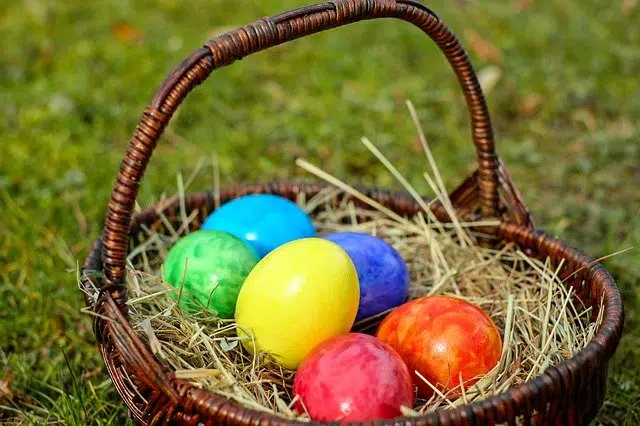
Easter is a very important celebration in Catholicism.
The concept of Easter has an extensive etymological journey: from Hebrew it passed to the Greek language, and from there to Latin until it became Easter . It is the name of a holiday that had Hebrew origins and that, today, is the most important celebration of Catholicism .
During Easter, which marks the end of Holy Week , the resurrection of Jesus Christ is celebrated. The date of Easter is variable and is between March 22 and April 25 .
Easter and Holy Week
The various stages that culminate in Easter begin with Lent , which are forty days of penance in preparation for Holy Week .
This week, for its part, begins with Palm Sunday (commemorates the entry of Christ into the city of Jerusalem ), Holy Monday , Holy Tuesday ( Christ announces the imminent betrayal of Judas ), Holy Wednesday (said betrayal takes place). ), Maundy Thursday (the Last Supper takes place), Good Friday (crucifixion and burial of Jesus ), Holy Saturday (the Easter Vigil) and, finally, Easter Sunday (the resurrection).

At Easter religion is combined with pagan customs.
pagan traditions
Beyond religion , Easter brings with it other traditions linked to paganism. As the date of Easter coincides with the northern spring, fertility is celebrated through eggs that symbolize said fertility. In many countries, therefore, people eat chocolate eggs that include, inside, candy and toys for children.
Chocolate seems to be the food par excellence during Easter, regardless of the prevailing religion in each country and the personal beliefs of each individual. Although in countries such as Spain, Brazil, Argentina and the United States it is celebrated in a similar way, in Malaysia, for example, Easter does not occupy an important place since the majority of the population is Muslim; However, they are known to consume large amounts of chocolate on this date.
The Easter monkey
Catalan children receive the Easter monkey from their godparents, which, far from being a figure of an ape, can be an egg or a chocolate sculpture (it could well be a structure such as a castle, or the image of some fashionable character from children's movies).
Their godmothers, on the other hand, give palms to their nieces and palmones to their nephews so that they can bring them to the church to bless and then they can eat the sweets that decorate them (the palms and palmones are decorated sticks that are carried like scepters).
Other considerations linked to the concept
A curious custom associated with Easter is the prohibition of eating beef or poultry during Good Friday, given that in some regions the consumption of fish is allowed. The idea of abstinence is based on making a sacrifice to respect the dedication of Jesus Christ, rejecting delicacies, as a symbol of gratitude for all his suffering in pursuit of our salvation . That said, the main point of the restriction is not what foods should not be eaten, but rather not preparing delicious dishes.
It is important to remember that in the countries of the Northern hemisphere Easter arrives together with the first days of heat, so the activities carried out around it are very different from those in the Southern hemisphere . One of the activities of the former consists of hiding decorated eggs among the plants and trees, so that the children can then search for them. In the South, on the other hand, the most normal thing is to spend time at home with the family, although many take the opportunity to vacation in warm places.
It should be noted that, according to the Royal Spanish Academy (RAE) , Easter is written with a capital letter when it refers to the period that begins with the nativity of Christ and even extends to the Three Kings .
